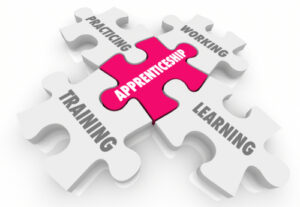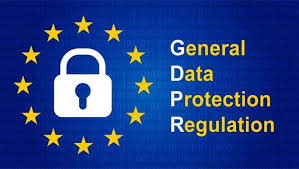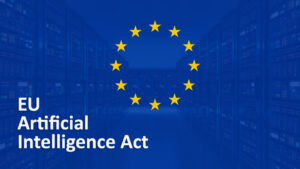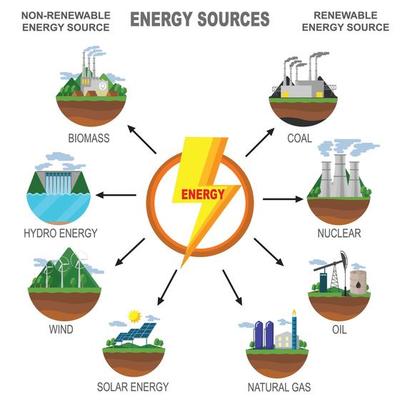With limited time, energy and resources, yet needing and wanting to know all key information to successfully navigate our worlds, EACC Cincy has decided to use AI to help curate "Key Insights" on various topics of relevance to global & Transatlantic business executives.
If there is a topic you'd like to see here, please email us at info@eacc-cincy.com.
Please note: this content is created using AI and our best judgement and understanding of the facts. If you find an error, please let us know as soon as possible.
About this page
- This page contains "compact full-length versions" of these articles (scroll down).
- You may also click on any title of interest in the top section to read an intro and access a PDF version of the complete article.
Summary Versions and Links to PDF
Regulatory & Cultural Insights
Industry Insights
Full Length Articles
Apprenticeships in the USA vs Europe

Apprenticeship programs in the USA and those in Europe (leading examples: Switzerland & Germany) differ significantly in structure, emphasis, and integration into the educational system. Europe has a much longer history with, and greater adoption of, apprenticeship programs, which are now gaining in visibility and attractiveness in the USA.
In Sum
The Swiss and German systems emphasize strong integration between education and employment, early specialization, and national standardization. The U.S. system is more decentralized, less standardized, and often seen as a supplement to traditional education rather than an alternative. The European model is often cited as a benchmark for effective vocational training.
GDPR (General Data Protection Regulation)

US companies doing business with the EU must understand and comply with several critical regulatory requirements to avoid penalties and maintain trust with European partners and customers. Here's a breakdown of the fundamental areas they should focus on:
By proactively addressing these areas, US companies can build trust, avoid legal challenges, and establish long-term success in the European market.
The EU AI Act

The European Union AI Act, was proposed in 2021 and came into force in 2024. It is a landmark regulation designed to govern the development, deployment, and use of artificial intelligence (AI) systems in the EU that aims to balance fostering innovation with protecting fundamental rights and ensuring safety. Here are the key points:
Leadership Differences

The key differences between business leaders in Europe and the USA stem from variations in cultural norms, regulatory environments, market structures, and leadership styles. Understanding these differences will allow business leaders to adapt their strategies when operating across these regions, fostering better collaboration and more effective leadership in international contexts.
Here’s a breakdown:
It is also helpful (and insightful) to consider the styles of leadership with their pros and cons of each style (below).
Ultimately, the choice between the two styles depends on the specific context, industry, and long-term goals of the business. Leaders who can adapt and combine the strengths of both approaches often achieve the best outcomes.
Ohio TechCred

Ohio’s TechCred Program gives employers the chance to upskill current and future employees. Employers who submit successful applications will be reimbursed up to $2,000 per credential when employees complete eligible technology-focused credentials. Many of these trainings can be completed online! For a credential to qualify, the credential must be:
- Short-term; less than one year to complete
- Technology-focused
- Industry-recognized
The following summarizes the TechCred process, timeline and costs, followed by examples of credentials and eligible providers. Official TechCred documentation is linked below as well.
TechCred-eligible courses and providers
Ohio TechCred allows employers to choose industry-recognized, technology-focused courses provided by approved training institutions. The following are Examples of TechCred-eligible courses and providers:
How to Verify Courses and Providers:
- Employers can consult the TechCred Credential List available on the official Ohio TechCred website. The list is periodically updated and includes pre-approved credentials that meet program requirements.
- If a desired credential is not on the list, employers can submit it for consideration when applying.
Navigating the Energy Crisis: Challenges, Risks, and Strategies for Manufacturers

Our region is facing a perfect storm of energy supply and demand challenges that will significantly impact businesses across Ohio and Kentucky. Driven by the retirement of coal plants, delays in adding new generation capacity, and surging energy demand from sectors like data centers and AI technologies, energy prices are set to soar in the coming years. These challenges are further compounded by market rule changes and the evolving dynamics of the PJM Interconnection, the largest grid operator in the U.S., serving Ohio, Kentucky and 11 other states.
Starting with Ohio as the baseline:
While the state of Kentucky is also served by PJM, there are differences with Ohio as follow:
The link below provides a comprehensive yet simple-to-understand overview of the contexts in the USA:
Electricity markets: what’s the difference between a wholesale energy market and a capacity market?
Lessons from the EU Energy Crisis for US Manufacturers

U.S. manufacturers can draw valuable insights from the EU energy crisis to safeguard their operations and minimize the impact of rising energy costs on their bottom line.
Here's what they can learn and implement:
In Conclusion:
By proactively adopting these strategies, U.S. manufacturers can reduce their energy dependence, improve operational efficiency, and shield their bottom lines from the impacts of energy price volatility. These measures also align with long-term goals of sustainability and competitiveness in a global market.
